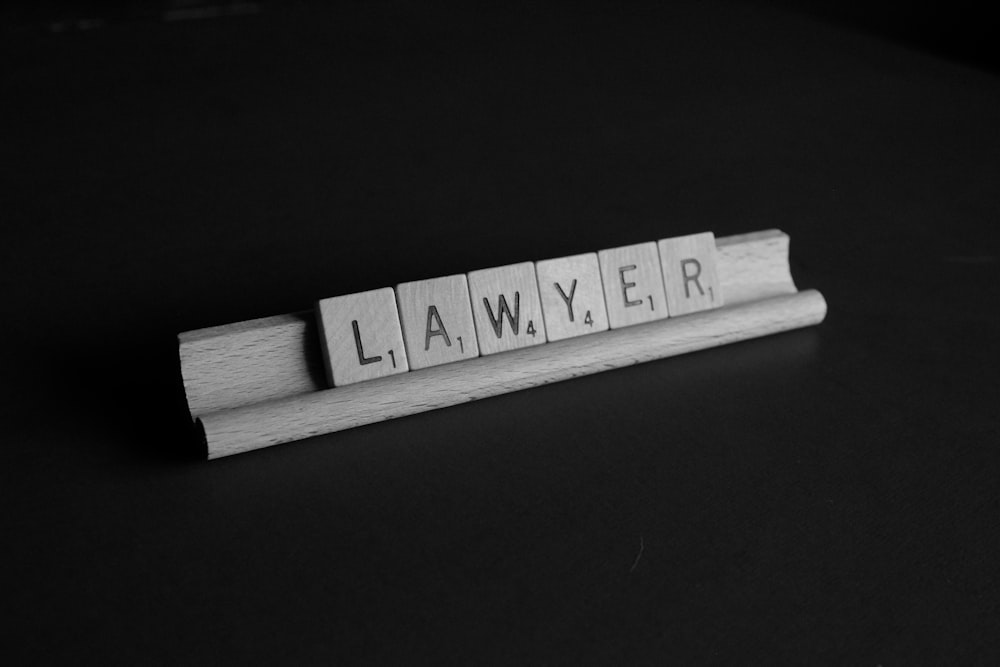Exploring Negligence Per Se: Unveiling Legal Implications
Introduction
In the realm of tort law, negligence per se stands as a crucial doctrine with significant legal implications. Understanding its nuances and applications is essential for both legal practitioners and individuals navigating personal injury claims.
Defining Negligence Per Se
Negligence per se refers to a legal doctrine that establishes negligence based on a violation of statutory law or regulation. Unlike ordinary negligence, which requires proof of a breach of duty and resulting harm, negligence per se presumes negligence once the violation of a statute is established.
Elements of Negligence Per Se
To establish negligence per se, several elements must be satisfied. These typically include the existence of a relevant statute or regulation, a violation of that statute by the defendant, and a causal connection between the violation and the plaintiff’s injuries.
Significance of Statutory Violations
The significance of statutory violations in negligence per se cases cannot be overstated. Courts recognize that statutes and regulations are enacted to protect public safety and welfare. Therefore, a violation of these statutes can serve as compelling evidence of negligence.
Role of Standard of Care
In negligence per se cases, the statutory standard of care replaces the traditional common law standard. This means that plaintiffs do not need to establish what a reasonable person would have done under the circumstances. Instead, the focus shifts to whether the defendant violated a specific statute or regulation.
Applicability Across Various Contexts
Negligence per se can arise in a wide range of contexts, including traffic accidents, product liability cases, premises liability claims, and more. Regardless of the specific circumstances, the fundamental principles underlying negligence per se remain consistent.
Exceptions and Defenses
While negligence per se provides a powerful tool for plaintiffs seeking compensation for their injuries, it is not without its limitations. Defendants may assert various defenses, such as lack of causation or compliance with statutory requirements, to rebut allegations of negligence per se.
Burden of Proof
In negligence per se cases, the burden of proof shifts to the defendant to rebut the presumption of negligence. This places a heightened responsibility on defendants to present evidence demonstrating either a lack of violation or a lack of causal connection between the violation and the plaintiff’s injuries.
Role of Expert Testimony
Expert testimony often plays a crucial role in negligence per se cases, particularly in establishing causation and the extent of damages. Experts may provide insights into industry standards, scientific principles, and other technical matters relevant to the case.
Legal Precedents and Case Law
Over the years, courts have developed extensive case law interpreting and applying the doctrine of negligence per se. Studying relevant precedents and case law is essential for understanding how courts have addressed similar issues in the past and predicting potential outcomes in current cases.
Conclusion
Understanding negligence per se and its legal implications is essential for navigating personal injury claims and other legal disputes. By grasping the nuances of this doctrine, legal practitioners and individuals alike can effectively advocate for their rights and pursue justice in the civil justice system. Read more about negligence per se

:max_bytes(150000):strip_icc()/homestaging-026b9ef577364870862916d4db364767.jpg)











